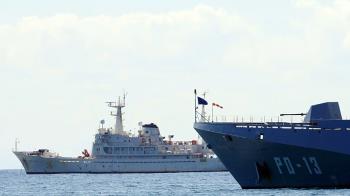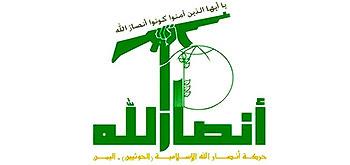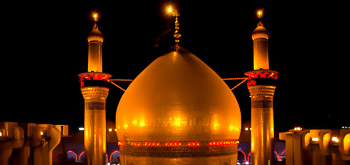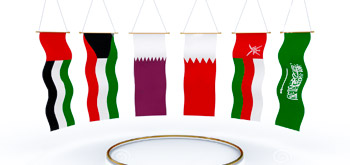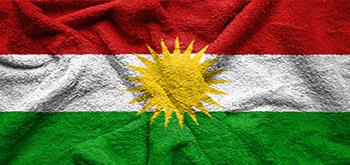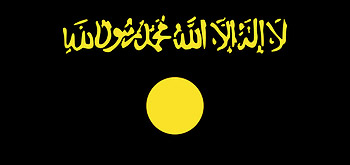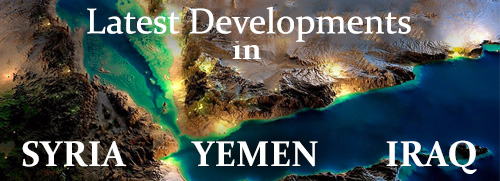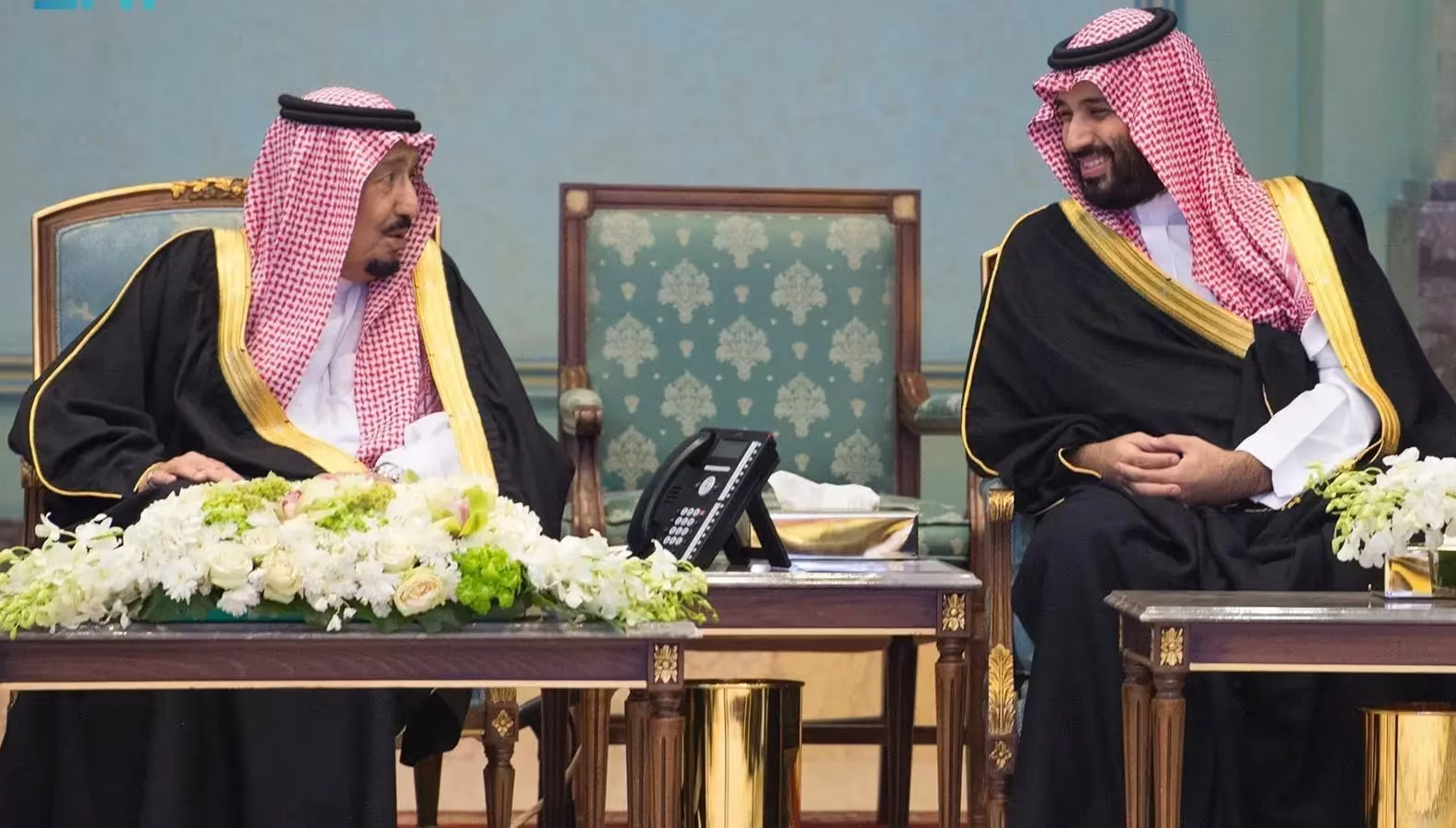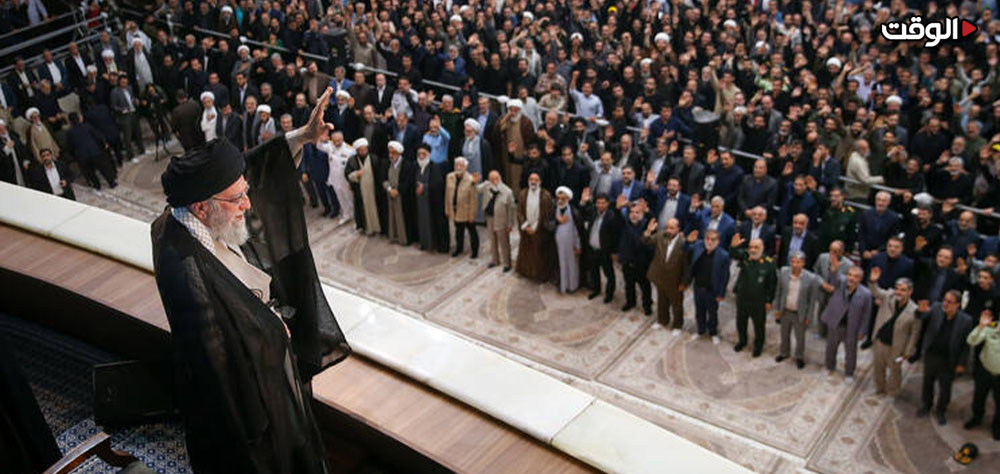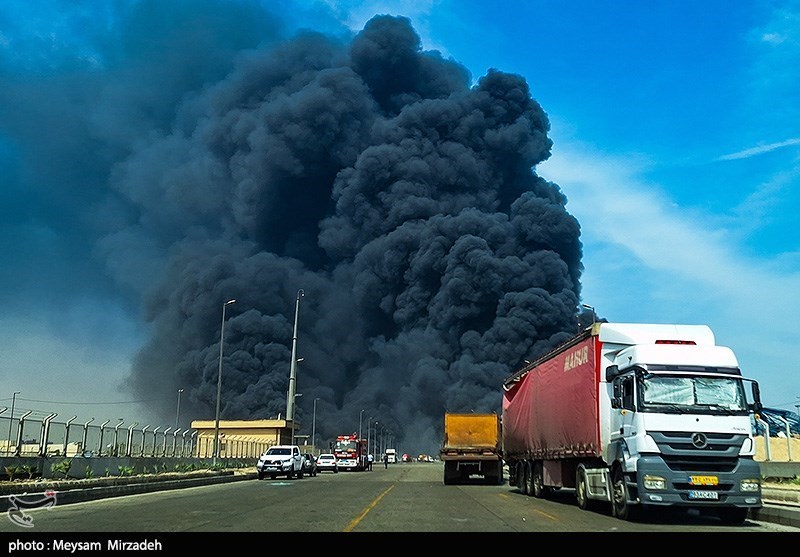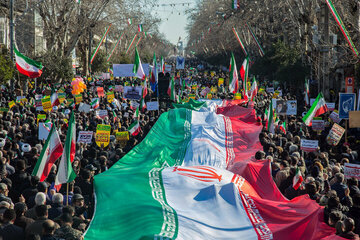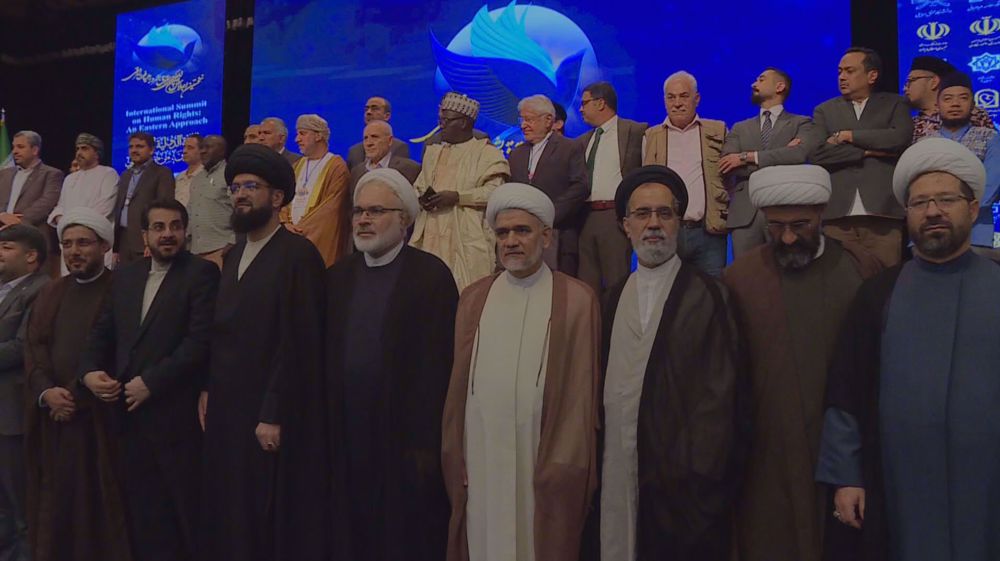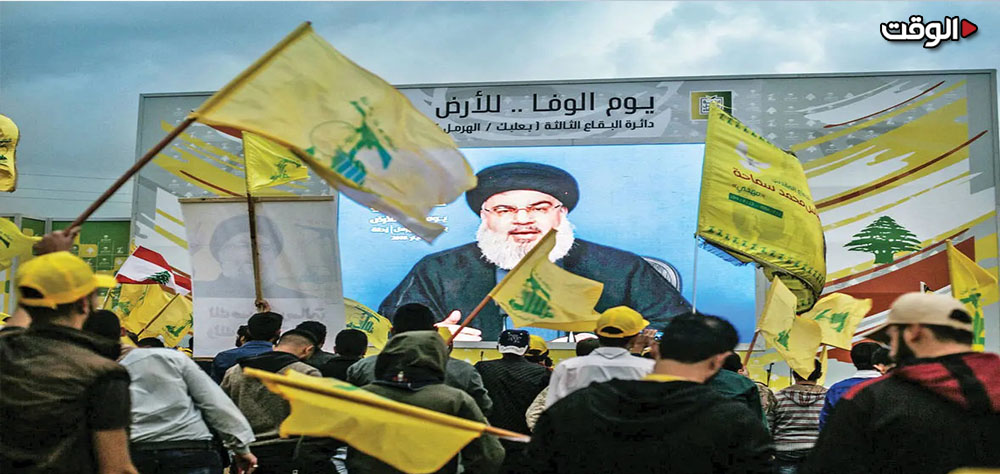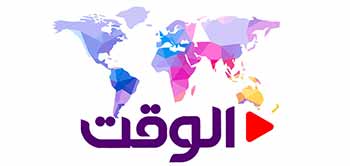Alwaght- While only five years are left to the date set for realization of lofty dream of Saudi Crown Prince Mohammed bin Salman for a modernized kingdom, the Saudi government on Friday published its annual report on the progress made towards the Vision 2030 on the 9th anniversary of announcement of the plan to show that it has managed to make a huge difference in many areas.
The report suggests that the Arab monarchy is "in a race against time" for a brighter future according to an ambitious vision. "Saudi Vision 2030 is built on three strategic pillars: ‘A Vibrant Society,’ which focuses on promoting culture, wellness, and quality of life for citizens and residents; ‘A Thriving Economy,’ which focuses on diversifying the economy, empowering the private sector, and creating job opportunities; and ‘An Ambitious Nation,’ which focuses on building an efficient, transparent government and encouraging civic engagement.
The report further said: "The country is experiencing a qualitative transformation at all levels, thanks to significant progress in the goals of Vision 2030 to date, and this vision charts a path that enhances the integration of culture and innovation, in a way that is in tune with rapid global changes and opens broader horizons for citizens, residents and visitors from around the world."
Three-phase vision
The vision is designed for execution in three main phases, each taking five years. The first phase was launched based on structural, economic, financial and social reforms, the second phase focuses on accelerating progress and exploiting key priorities, and the third will seek to strengthen the sustainability of progress and exploit new growth opportunities.
According to the report, coinciding with the ninth year since the launch of the Saudi Vision, 85 percent of the initiatives have been fully implemented or are on track, with 674 initiatives fully implemented and 596 initiatives on track, from a total of 1,502 initiatives active.
In addition, 93 percent of the Vision indicators in national plans and strategies have achieved, exceeded or are close to their mid-term targets. Of these, 257 indicators have exceeded their annual target and 18 indicators have achieved their annual target, while 8 Vision objectives have been achieved ahead of schedule in 6 years.
The repot adds that some of the indicators have struck their targets ahead of the planning, including the number of the tourists that exceeded 100 million. Furthermore, 8 Saudi sites were registered on UNESCO global heritage list. The volunteers number increased to 1.2 million and the women's share from the labor market has increased to 33.5 percent, going beyond the 33-percent target under the vision.
The report also suggested that the number of regional offices of global companies in Saudi Arabia reached more than 571 companies, exceeding the 2030 target. Saudi Arabia also recorded a new historical record of 16.92 million Umrah pilgrims, surpassing the annual target of 11.3 million pilgrims. The percentage of Saudi households owning a home reached 65.4 percent, up from 47 percent in 2016.
According to the report, Saudi Arabia has saw a historic drop in the unemployment rate, achieving the vision target of 7 percent, and has also improved its rank from 32 in the e-Participation Index since 2016 to 7th in the world, exceeding its 2030 target of reaching the top 10. It has also jumped from 30 in the UN e-Government Development Index to 6th in the world, close to the target of reaching the top 5.
Saudi Arabia has risen to second place among the G20 countries for the second consecutive time in the 2024 ICT Development Index published by the International Telecommunication Union (ITU).
It ranked second globally in key technology indicators according to the 2024 Global Competitiveness Yearbook. The country ranks second globally in the Digital Transformation Index for Enterprises, second globally in the Technology and Application Development Index, second globally in the Technology Development Financing Index, and fourth globally for the Development of Public Participation in the Technology Development Index.
The report also noted that the total assets under management of the Public Investment Fund more than tripled to 3.53 trillion Saudi rials, up from 2.6 trillion rials in 2016.
Achievements in economy
According to the report, the non-oil GDP in 2024 reached 1.8 trillion Saudi rial with a 3.9 percent increase, accounting for 51 percent of the national GDP, which is the highest in the national economy. This historic growth is driven by 4.3 percent in the non-oil activities, especially in the wholesale and retail trade, restaurants, hotels, technology, and logistics.
The report shows the growth of non-oil exports in 2024 to 26.84 percent of Saudi Arabia’s total exports, compared to 22.7 percent in 2023. Their value reached 307.4 billion Saudi rials in 2024, the second highest in Saudi history after 316 billion rials in 2022.
The private sector’s share of GDP also increased to 47 percent, and the percentage of military industry localization reached 19.35 percent. The report further emphasized that 437,000 people managed to find work in the private sector in 2024, and the percentage of Saudi women in mid-term and senior management positions reached 43.8 percent, and the participation rate of women in the labor market increased to 36 percent at the end of 2024, a significant jump compared to 17 percent in 2017.
In addition, the value of foreign direct investment into the Saudi economy reached 77.6 billion rials in 2024, and Vision 2030 aims for 109 billion rials by 2030. The report indicates the expansion and diversification of foreign investments in various economic sectors and cities in the country.
The Ministry of Industry and Mineral Resources is exploring and developing mineral wealth in line with Vision 2030 strategies, which aim to make mining the third pillar of the Saudi economy alongside oil, gas and petrochemicals. The value of discovered mineral wealth in Saudi Arabia has increased to 9.4 trillion rials, a 92 percent increase compared to the 2016 forecast.
In the rail transport sector, the number of passengers increased to 13 million, an increase of about 22 percent compared to 2023, and 28 million tons of cargo were transported. The Riyadh Metro also opened last year, which has significantly contributed to reducing traffic congestion in the capital.
Failure to cut reliance on oil revenues
Although the Saudis suggest the progresses are ahead of the schedule, the plans to cut dependence on oil revenues and diversification of the economy according to the 2016 document has failed to make a considerable success in many areas.
Initially, the goals of Vision 2030 focused on reducing reliance on oil and transforming the Saudi economy into a diversified economy with various sectors such as tourism, technology, and industry. In this regard, projects such as "NEOM" and the development of the tourism and IT sectors were introduced. However, many of these projects have faced various challenges and have not achieved tangible and sustainable results. Megaprojects such as NEOM, which was supposed to be an emerging economic hub, are still in the early stages of development and their economic impacts are not very tangible.
One of the main barriers Saudi Arabia is facing in its push for reduced reliance on oil is its oil-dependant economy which has formed over decades. Despite efforts to attract foreign capital and diversify the economy, oil remains the country’s largest source of revenue, and global variables such as oil price fluctuations and global economic crises have a direct impact on the Saudi economy. According to the nine-year report, Saudi Arabia has only been able to reduce its dependence on oil resources by 4 percent, signaling that oil continues to play a vital role in meeting Saudi Arabia’s financial needs, a situation that may take decades to distance from. Oil prices have fluctuated wildly in recent years, and this continues to be a threat to achieving the goals of Vision 2030.
Additionally, the Saudi government faces substantial challenges for social and structural reforms, especially in the education and technology sectors. Private sector is yet far from managing to secure sustainable growth in many areas and many businesses and industries fall behind growth schedule due to traditional economic structures and shortage of skilled labor force. Though having made revenues, the tourism sector has not grown that big to drive cutting dependance on oil.
The vision document shows that Saudi Arabia has achieved success only in some sectors, such as housing and tourism, which have short-term returns. However, in other economic and industrial sectors that require more time to develop, there are still challenges and tangible results have not been so impressive. This indicates the limitations of achieving the long-term goals of the vision.
In general, the steps taken by Saudi Arabia over the past decade to cut reliance on oil are yet to produce tangible results, making full realization of the goals of Vision 2030 shrouded in uncertainty. Ignoring economic diversification and the difficulty in implementing reform programs have kept the country from effectively preventing oil crises and achieving sustainable success in reducing its dependence on oil.

